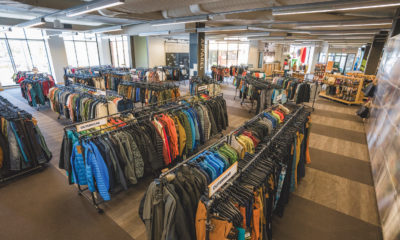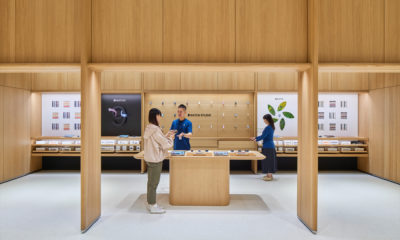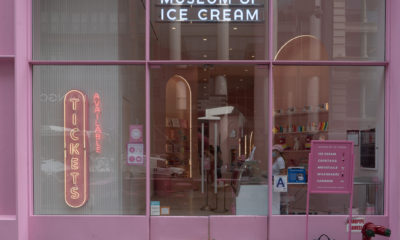While walking through midtown Manhattan in the early days of the long-awaited spring, I found the streets and avenues humming with activity and a newfound sense of excitement. As we begin to see the light at the end of the long, dark tunnel, it’s clear that once again the streets belong to the people. The stores are all open, retail corridors are bustling and restaurants have brought their culinary delights, from cheeseburgers with fries to chateaubriand with potatoes in a béarnaise sauce, onto the streets in all forms and formats of outdoor cafes. Central Park is brimming with life, even the robins and wrens are chirping with excitement as strollers, picnickers, artists and musicians return to the meadows, fountains and ponds. Equipped with my newly acquired iPhone, I enthusiastically photographed anything that moved amidst this apparent rebirth, as the Big Apple regenerates, reinvents and revitalizes.
Although my old phone had a long, spidery crack running across its screen and the voices on the other end of every call were barely audible, I put off buying a new phone until I was certain that it was safe to visit a retail store again. This, of course, was an existential challenge for all retailers caught in the throes of the pandemic: convincing the shopping public that they care enough to keep them safe. But as the fracture grew deeper in my phone’s shattered screen, and voices grew fainter with every conversation, I decided to take the chance.
Following Apple protocol, I made an appointment online to visit the Upper East Side location on Madison Avenue. When I arrived at the appointed time, I was instructed to wait on the sidewalk at a socially distanced decal on the sidewalk displaying the Apple logo. After a five-minute wait, I was escorted inside the store, where I was once again instructed to wait at another socially distanced decal until the next associate was available. I didn’t mind the wait at all, both outside and inside the 1920s Beaux Arts building. As an enthusiast of all visual endeavors with a keen interest in architecture, I was captivated by the exterior and the interior of the space.
The designers from Bohlin Cywinski Jackson (New York) went to great lengths to maintain the architectural integrity of the old U.S. Mortgage & Trust Bank right down to the period chandeliers and marble floor. The well-conceived environment is bathed in natural sunlight, and all of Apple’s product offerings are displayed on their proprietary minimalist birch parsons tables. Mainly due to the store’s design and materiality, upon entering the space, customers immediately recognize that the environment is clean, welcoming and safe.
I was one of only a few customers in the store, as Apple strictly regulates the number of people allowed in at any given time. After a few minutes, Marita introduced herself and escorted me to one of the store’s purposeful wooden display tables designed to subliminally reference the dependability and sleek profile of all Apple offerings. Marita and I were the only two people at the table while she showed me the product that I was interested in. On any other given day before the pandemic, the table would have been crowded with people checking out the latest iPhone, iPad or MacBook. It was also reassuring to note that every table in the store was equipped with hand sanitizers and wipes, and an associate continually made the rounds wiping down the tables after every customer interaction.
After I purchased my new iPhone12, a device that does everything but wash the dishes and fold the laundry, Marita asked if I wanted to add AppleCare for protection. I said, “Thanks, you’ve already provided it.”
Advertisement

 Photo Gallery3 days ago
Photo Gallery3 days ago
 Headlines1 week ago
Headlines1 week ago
 Sector Spotlight2 weeks ago
Sector Spotlight2 weeks ago
 Headlines1 week ago
Headlines1 week ago
 Headlines4 days ago
Headlines4 days ago
 Headlines2 weeks ago
Headlines2 weeks ago
 Designer Dozen1 week ago
Designer Dozen1 week ago
 Headlines2 days ago
Headlines2 days ago




















